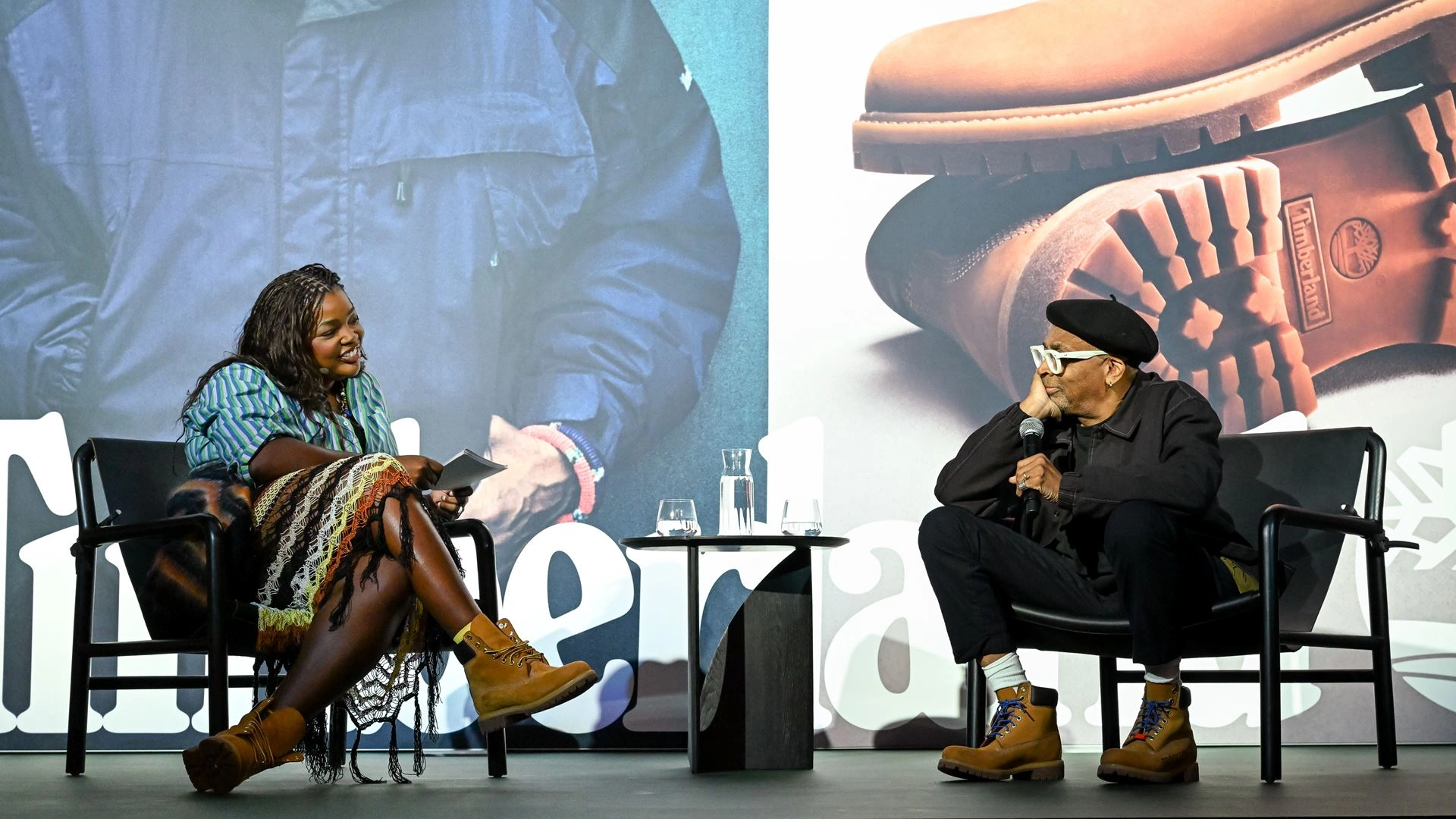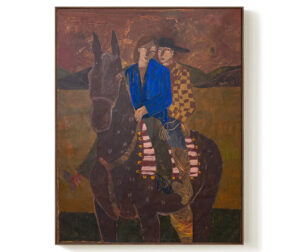When Redman first teased the idea of a sequel to his 1996 classic “Muddy Waters”, fans of East Coast hip-hop were elated. After all, “Muddy Waters” not only solidified Redman’s reputation as a premier MC but also embodied the gritty, playful, and distinctly innovative spirit of 90s rap. Now, nearly three decades later, the highly-anticipated *Muddy Waters Too* is set to continue that legacy. And with Redman recently unveiling the cover art for the project, the excitement has reached a fever pitch.
The artwork, an homage to the original “Muddy Waters” cover, is a masterclass in nostalgia, blending visual callbacks with contemporary flair. It’s a nod to the past, but also a statement that Redman’s artistry is as relevant and potent today as it was in the 90s. In this 2000-word critical analysis, we’ll explore the significance of the cover art, the thematic elements it evokes, and its potential impact on hip-hop culture.
Revisiting the Original “Muddy Waters”
To understand the impact of “Muddy Waters Too”, we must first revisit its predecessor. Released at the end of 1996, “Muddy Waters” was a grimy, funky, and unapologetically raw album that stood out in an era dominated by the shiny, polished sound of Bad Boy Records. While the West Coast and East Coast were embroiled in a bitter rivalry, Redman’s project offered a fresh breath of individuality within the turbulent waters of rap.
The cover art of “Muddy Waters” was emblematic of the album’s overall mood. With Redman half-submerged in a swamp, his expression both playful and ominous, the image captured the murky, unpredictable nature of his music. The concept was both literal—referring to the “muddy waters” of his creative process—and figurative, hinting at his penchant for unfiltered, gritty lyricism.
Fast forward to 2024, and the unveiling of the cover art for “Muddy Waters Too” proves that Redman hasn’t lost his touch. The new cover art features Redman once again, this time standing ankle-deep in the same murky waters, dressed in an updated version of his classic Timberland boots and a hoodie emblazoned with the Def Squad logo—a subtle reminder of his crew’s influence during the golden era of hip-hop.
The Visual Language of “Muddy Waters Too”
The visual similarities between the two covers are striking. Redman’s decision to retain certain elements of the original artwork, such as the swampy setting and his signature scowl, speaks volumes about the thematic continuity of the sequel. However, the updated cover also introduces new motifs that reflect the evolution of Redman as both an artist and an individual.
The muted color palette—dark greens, browns, and grays—echoes the original’s gritty tone but is now tinged with a sense of maturity. There’s a hint of fog swirling around Redman’s feet, suggesting an aura of mystery and anticipation. The use of shadow and light is more refined, capturing not just a sense of place but also the passage of time. It’s as if Redman is re-entering the same murky waters, but with the wisdom of experience and the scars of the industry’s trials and tribulations.
One of the standout elements of the new cover art is the inclusion of subtle references to Redman’s career milestones. Look closely, and you’ll notice a faint outline of the *Muddy Waters* vinyl floating in the water. On the opposite side, a broken microphone—symbolic of his relentless domination on the mic—lies half-buried in the mud. These details serve as a visual storytelling device, anchoring the sequel in its predecessor’s legacy while hinting at the new ground Redman is set to break.
From “Muddy Waters” to “Muddy Waters Too”
Redman’s career has been a testament to authenticity and resilience. In an industry where trends come and go, he has remained steadfast in his commitment to raw lyricism, humor, and an unflinching portrayal of life. This refusal to conform to mainstream expectations has earned him a loyal fanbase, and the “Muddy Waters Too” cover art feels like a love letter to those who have been with him since day one.
The visual language of the cover art positions Redman as a figure who is both rooted in the past and unafraid to confront the present. His stance—feet planted firmly in the mud, arms crossed—exudes confidence and defiance. It’s as if he’s daring the listener to dive back into the swampy, unpredictable world he’s created. This is not just another album; it’s a reclamation of space in a genre that has become increasingly polished and commercialized.
Yet, the cover art also signals a shift. The original “Muddy Waters” cover portrayed Redman as an almost mythical figure emerging from the swamp, shrouded in mystery and mischief. In contrast, the new cover positions him as an elder statesman, a guardian of hip-hop’s unfiltered essence. The shift in tone is subtle but significant. Redman is no longer just an artist making music—he’s a custodian of a certain style and ethos that many argue is missing in contemporary rap.
Impression
In the current hip-hop landscape, where autotune-heavy hooks and trap beats dominate, “Muddy Waters Too” represents a return to form for a style of rap that prioritizes lyricism, wordplay, and storytelling. The cover art, with its callbacks to the 90s, serves as a visual reminder of hip-hop’s roots. It challenges the current generation to look back and appreciate the foundations upon which the genre was built.
But the cover art is more than just an exercise in nostalgia—it’s a statement of relevance. By revisiting the aesthetics of “Muddy Waters”, Redman is asserting that the raw, unfiltered energy that defined his early work is still very much alive. The use of contemporary elements in the cover—such as the updated clothing and sharper visual quality—suggests that Redman is not merely stuck in the past but is actively bridging the gap between old-school and new-school hip-hop.
This duality is crucial in understanding the impact of “Muddy Waters Too”. The album is poised to appeal to both long-time fans who have been craving the gritty, funk-infused sound of the original and newer listeners who are discovering Redman’s catalog for the first time. The cover art, with its balance of old and new, perfectly encapsulates this dual appeal.
The swamp setting of the “Muddy Waters” series is rich with symbolic meaning. Swamps are places of decay and regeneration, where life and death coexist in a delicate balance. This metaphor extends to Redman’s music, which often juxtaposes humor with darker themes of struggle and survival. The new cover art plays into this duality, with the murky waters representing the complexities of Redman’s artistic journey.
The fog, which is more pronounced in the new cover, can be interpreted as a metaphor for the uncertainties of the music industry and the challenges Redman has faced in maintaining his artistic integrity. It’s a reminder that while the landscape has changed, the essence of “Muddy Waters” remains shrouded in the same mist of unpredictability and rebellion.
Another key element is the use of texture. The mud splattered on Redman’s boots and jeans serves as a visual reminder of his willingness to get “down and dirty” with his craft. It’s a rejection of the pristine, airbrushed image that dominates much of today’s hip-hop. In a way, the cover art is a manifesto for rawness—a call to embrace imperfection and embrace the grit that defined the golden era of rap.
In an era dominated by streaming platforms and digital music, album cover art has become something of a lost art form. Yet, for artists like Redman, who come from an era where album covers were crucial components of the listening experience, the visuals still hold immense significance. The cover of “Muddy Waters Too” is not just an image—it’s a visual extension of the album’s themes, tone, and message.
Cover art has the power to set the tone for the music before a single note is heard. For “Muddy Waters Too”, the artwork re-establishes Redman’s brand as one that is rooted in authenticity and resistance to conformity. It’s a reminder that despite the changes in the industry, there are still artists who value the craft of album-making as a holistic process, where visuals and sonics work in tandem to create a cohesive experience.
With the release of the cover art, the anticipation for “Muddy Waters Too” has reached new heights. Fans are eager to see how Redman will build on the foundation of the original while introducing new elements that reflect his growth as an artist. The cover art has set the stage for what promises to be a thrilling sequel—one that honors its predecessor while charting its own course.
The release of “Muddy Waters Too” will undoubtedly reignite conversations about the role of nostalgia in hip-hop, the relevance of older artists in today’s musical landscape, and the continued importance of visual storytelling. Redman’s decision to revisit and reinterpret the aesthetic of “Muddy Waters” speaks to a larger trend of artists reclaiming their legacy and reasserting their place in the genre’s ever-e
No comments yet.








